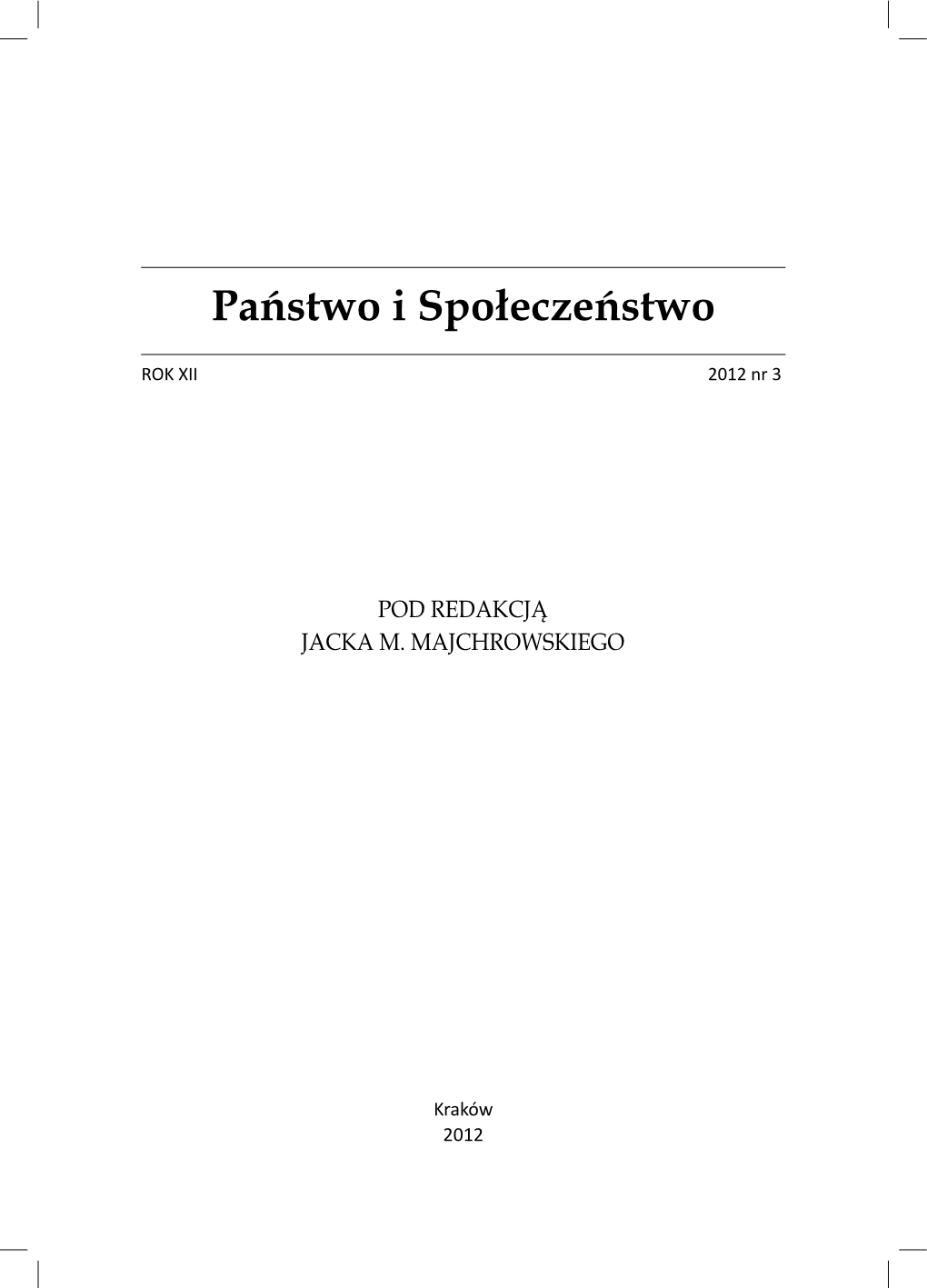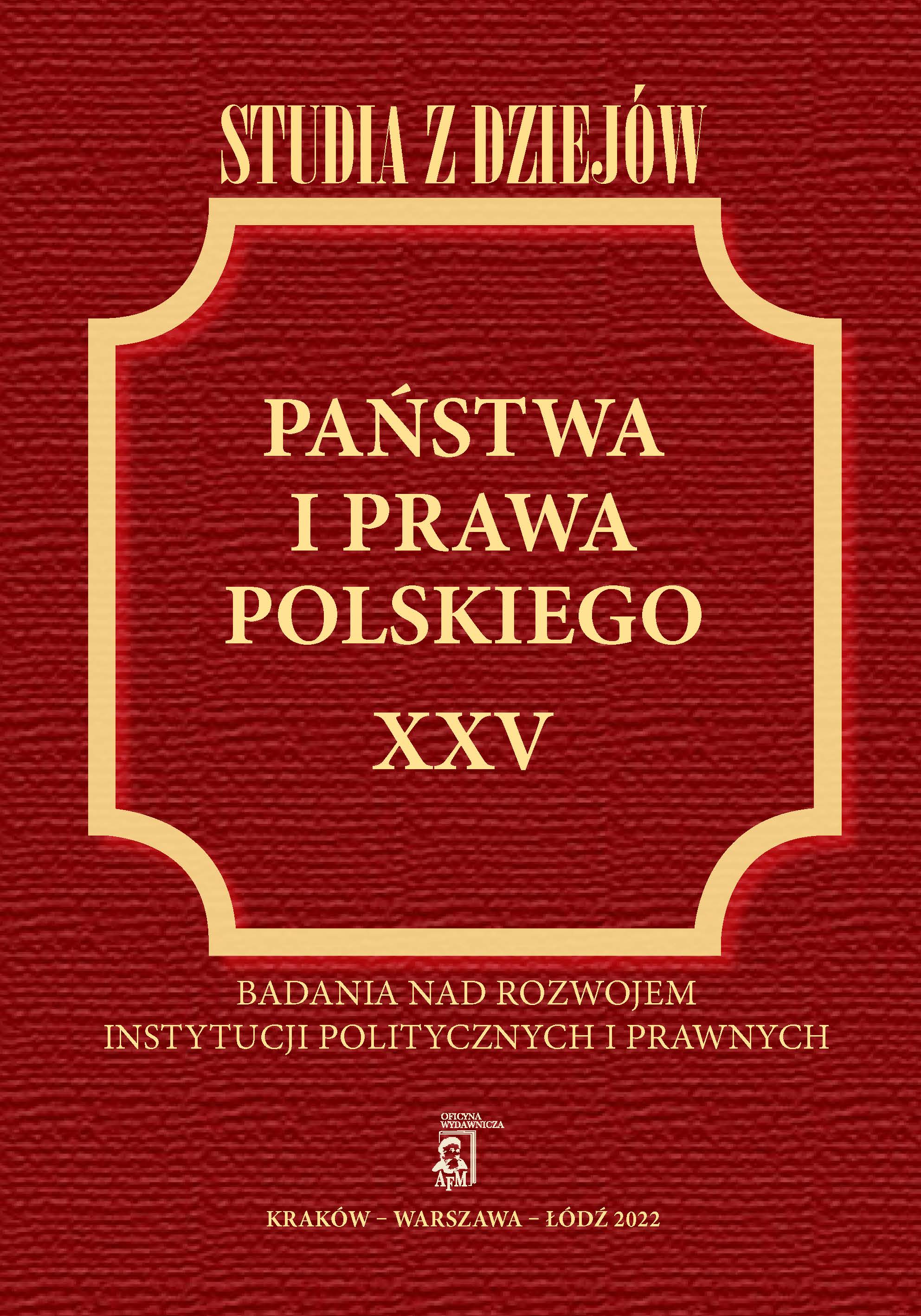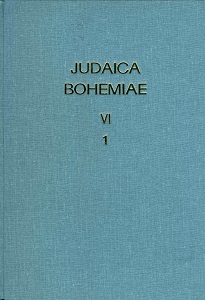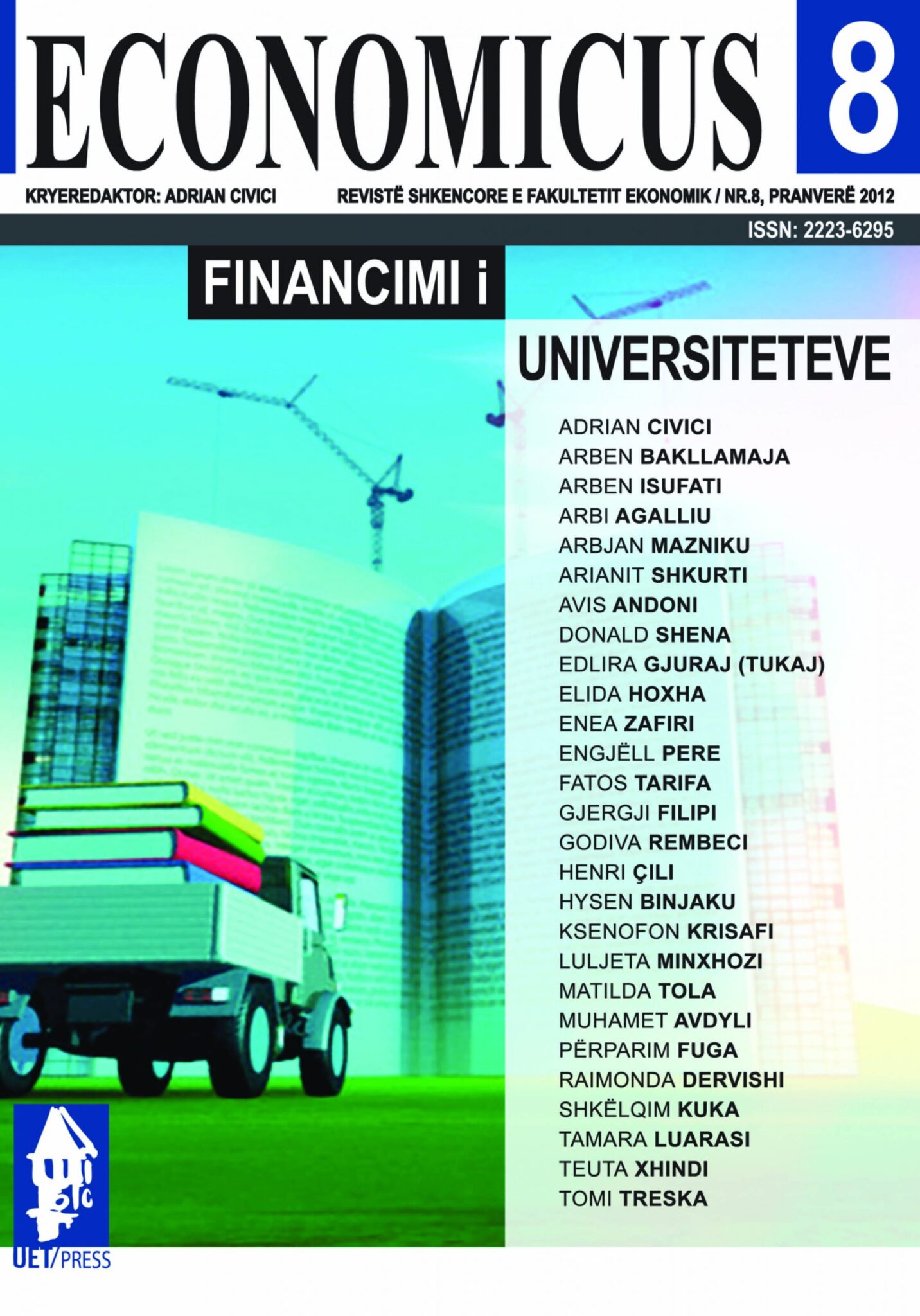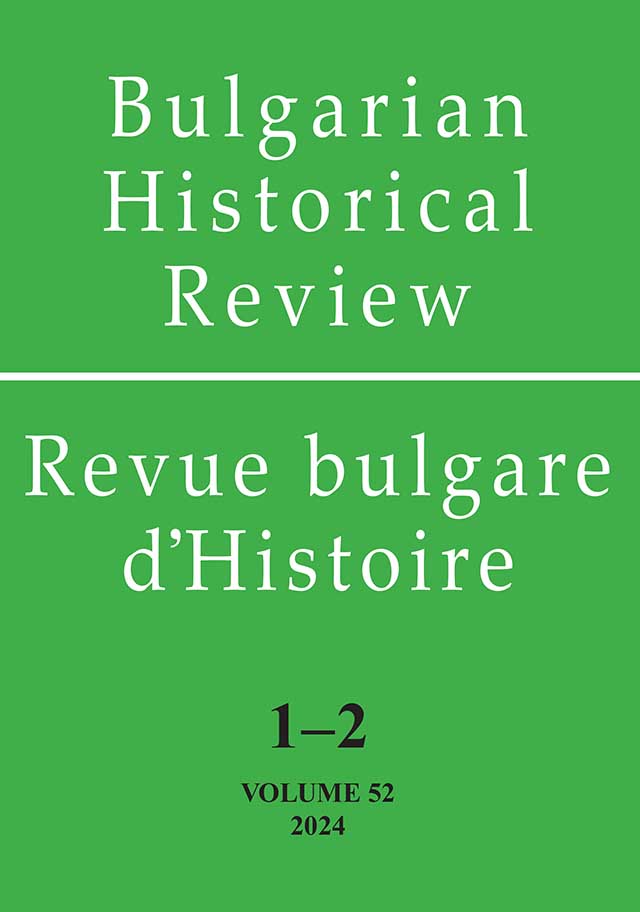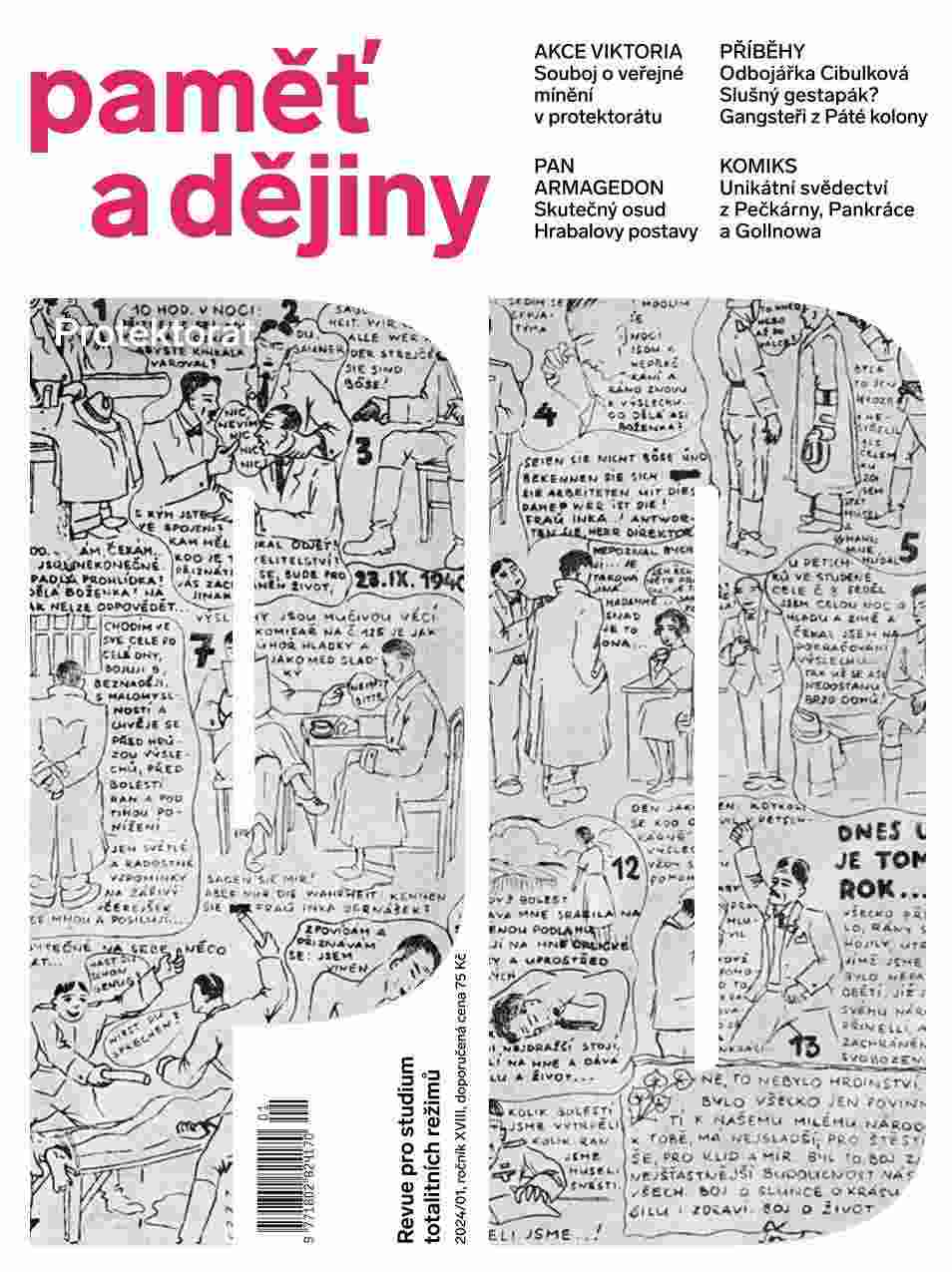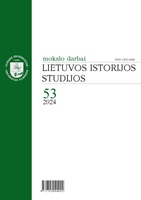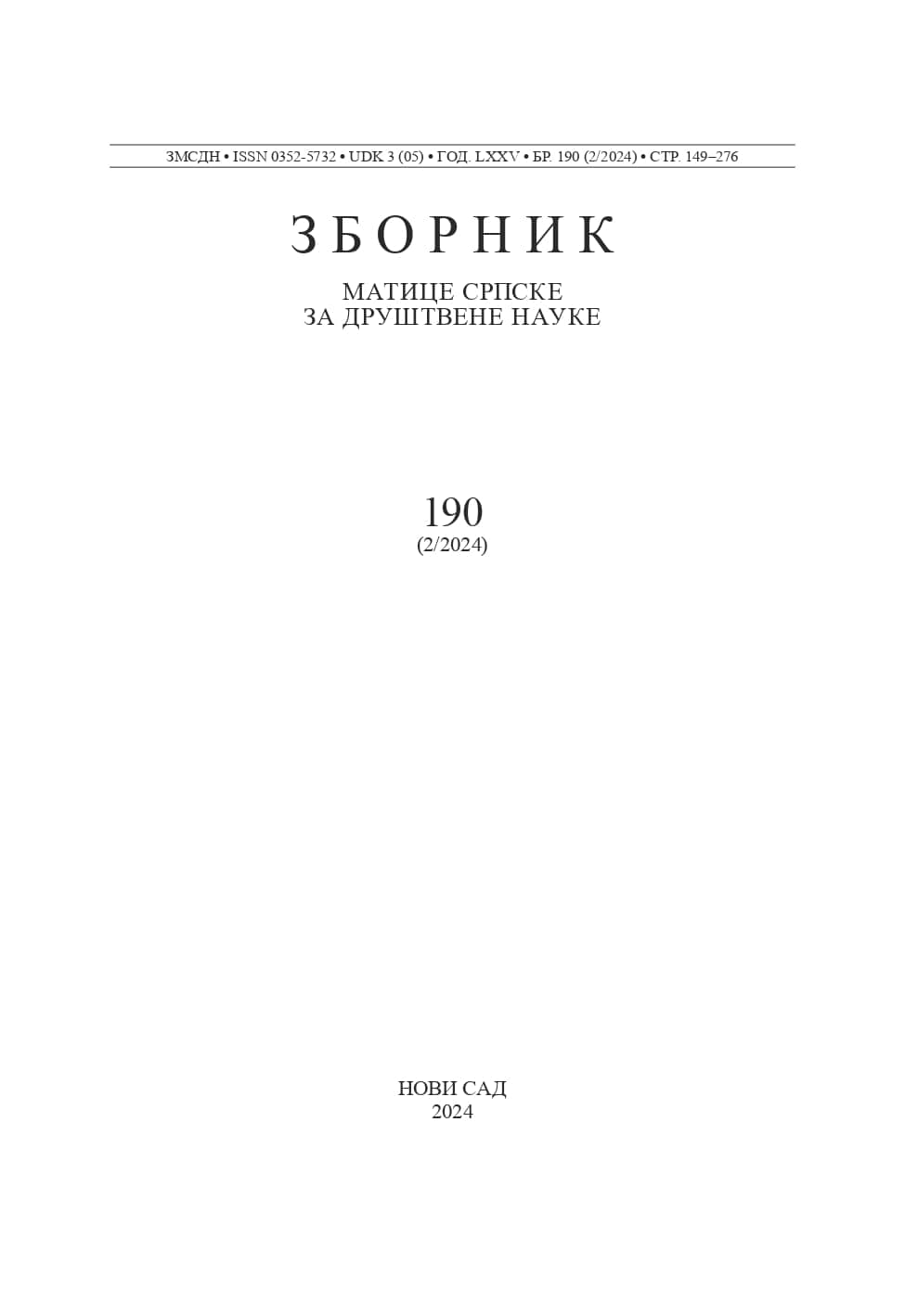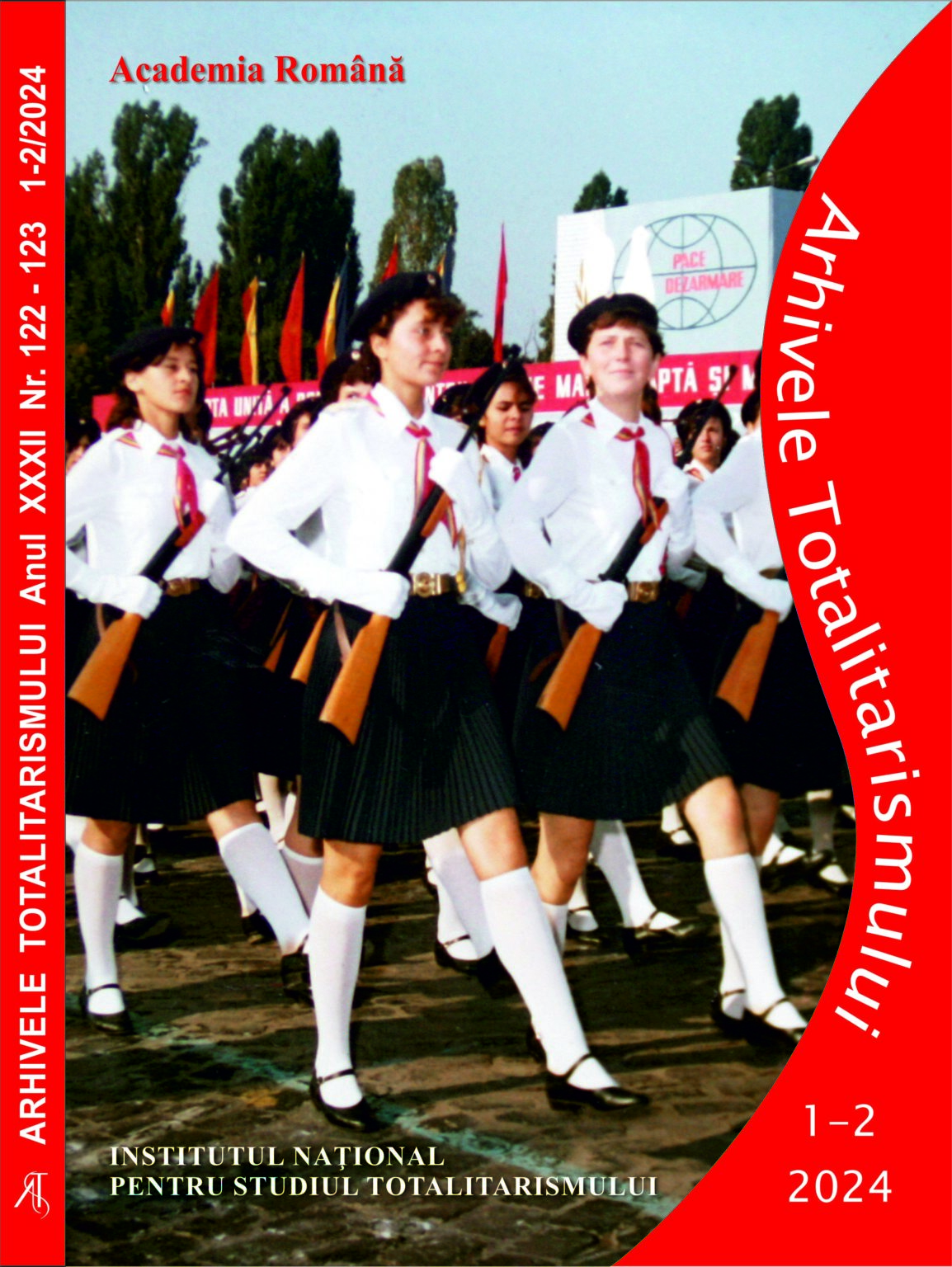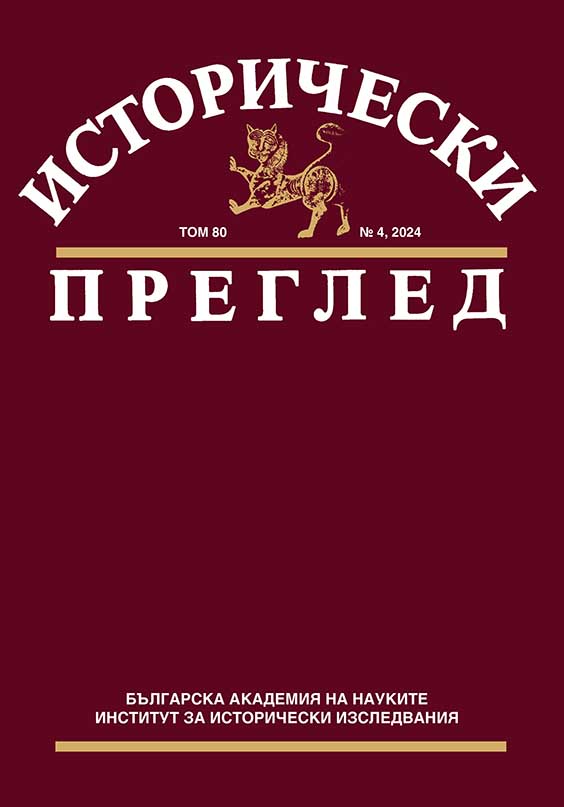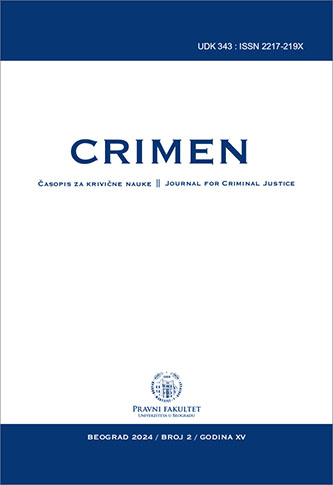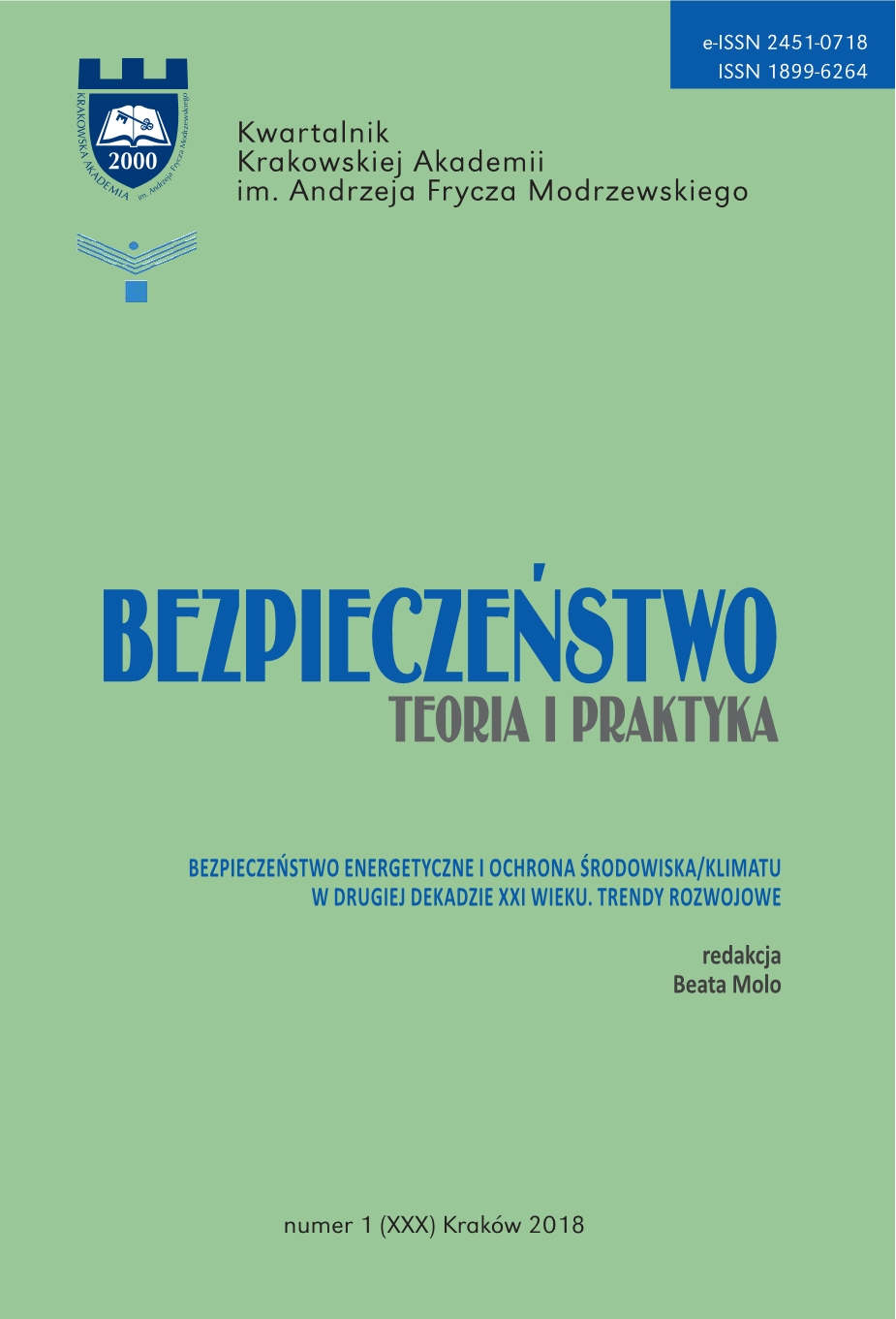
Z dziejów kłamstwa katyńskiego: o zasługach Wiktora Sukiennickiego (1901–1983) w odkrywaniu prawdy i paru niepewnych wynikach badań. (Z badań archiwalnych w Instytucie Hoovera Uniwersytetu Stanforda w Kalifornii)
The aim of the present article is to present the history of the lie of Katyń and the pioneering role that Wiktor Sukiennicki (an unknown Polish sovietologist, a law philosopher and Professor at the University of Stanford and University of Vilnius) played by writing the memorial of the Katyń massacre. The preparation of the memorial was commissioned by the Polish government in London and its text was so pregnant in meaning and unquestionable about whom the culprit was that, despite the pressure from the Soviet side, Katyń was not added to the indictment against the Hitler war criminals during the Nuremberg trials. All of the materials collected in the present article are the outcome of the thorough research done by the author of the article at the Hoover Institute of the Stanford University in California, where the Sukiennicki’s archives collection is situated, as well at the Polish Institute and Sikorski Museum in London.
More...
